Say Goodbye To Bad Hair Days: How To Moisturize Low Porosity Hair?
Good hair days often happen when one is stuck at home and never on the night of an important dinner date. Trying to get your hair to behave? Moisturizing is the way to go.
On Mar 29, 2023 – 9 minutes read
Low porosity hair is nothing less of a struggle. If you thought moisturizing your skin was all you had to worry about, you have it all wrong. Your hair deserves just as much attention as your skin. So if you wonder how to moisturize low-porosity hair there are certain things you have to keep in mind. Whether you’re running late and have just stepped out of the shower or have all the time in the world, you cannot skip giving your hair the care it deserves.
Do You Have Low Porosity Hair? How To Moisturize Low Porosity Hair?
The porosity of hair determines its ability to absorb moisture. It is mostly genetic but can be influenced by environmental factors and your regular hair styling routine. Individuals with low porosity hair struggle to keep their hair moisturized and healthy. Low-porosity hair strands are not porous enough to absorb water, and the products used to keep them moisturized. If you’re wondering how to moisturize low- porosity hair here are some clear indicators:

- Greasy hair: If your moisturizer is not absorbed by the hair, it is likely to leave it greasy. The product remains on your hair even after it dries. This is one of the biggest indicators that your hair has low porosity.
- Does not dry quickly: Low porosity hair takes forever to dry as the hair is unable to absorb water. Taking ages to dry your hair naturally? This is a tell-tale sign of low porosity hair.
- Split ends: Hair that is not moisturized will be rough and have a considerable number of split ends.
- No shine and volume: Low porosity hair finds it hard to maintain shine and volume. It leaves the hair looking and feeling dull.
Despite the hassle of understanding the individual characteristics of your hair type, investing time in learning about it will help you better take care of your beautiful curls and understand the overall steps how to Moisturize low-porosity hair of yours . It gives it the nourishment it requires to look luscious and healthy.
What Is Low Porosity Hair?
The porosity of your hair depends on how porous or open your hair cuticles are. Hair with low porosity is unable to retain moisture effectively due to the closed nature of its cuticles. Moisture in the form of water or hair products has a difficult time staying in low-porosity hair. Moreover, product build-up is the main drawback of this hair type. Hair is differentiated into high, medium, and low porosities. Determining the quality of your hair will help you take care of it through the right techniques and products. understanding the causes and the right products can lead to how to moisturize your low-porosity hair of yours.
Causes Of Low Porosity Hair
Low porosity hair can be caused by a number of factors, including genetics, hair care practices and environmental factors.
Genetics
Individuals are sometimes born with their hair cuticles tightly closed. This results in low porosity hair that does not let moisture penetrate easily.
Heat Styling
Women who regularly style their hair with heat are prone to less porous hair. Heat styling tools damage the hair cuticles making it difficult for them to absorb moisture and hair care products.
Chemical Treatments
Chemical treatments extensively damage hair cuticles and reduce their porosity.
Product Overuse
Product build-up is a major concern of individuals who have hair that is not porous. The build-up makes it even harder for moisture to be properly absorbed by the hair.
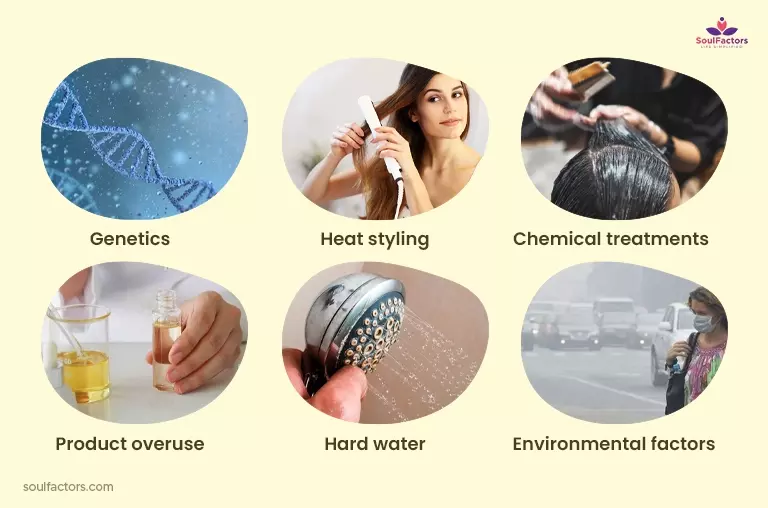
Hard Water
Hard water has a higher concentration of minerals which makes it harder for hair cuticles to soak in the moisture it requires.
Environmental Factors
Pollutants damage hair and cause hair cuticles to become less porous. Exposure to the sun also affects the porosity of your hair.
While low-porosity hair might need you to change up your hair care routine, it will not necessarily mean a drastic change in the way you do things. A few adjustments to your existing routine are all you will need to give your low-porosity hair the moisture it desperately needs. Baby steps on how to moisturize low-porosity hair are From adding a clarifying shampoo(2)to your hair routine to avoiding your heat-styling equipment, it takes only a few simple steps to improve your hair quality.
Do I Have Low Porosity Hair?
Learning about the nature of your hair is the first step to taking care of it. Be it your first time trying to understand the need to look after your hair, or you’re an expert at giving your hair what it needs, it is always beneficial to frequently look out for the ways your hair absorbs products and retains them. Don’t know if your hair is low porosity?
Few Tests You Can Take To Figure It Out And Understand How To Moisturize Low-Porosity Hair.
The Float Test
The float test is the most common and easiest way to test your hair for its porosity. Place a strand of your hair in a glass of room-temperature water. Let it sit for a few minutes, and observe how the strand floats. Hair with low porosity will have the tendency to float, while hair with higher porosity will sink to the bottom as it is better at absorption.
The Slip ‘n’ Slide Test
If you’re trying to figure out hair porosity, this test is the quickest way to find out. Slide your fingers through a strand of your hair from the tips to the scalp. If your hair slides smoothly, it is likely you have hair with lesser porosity.
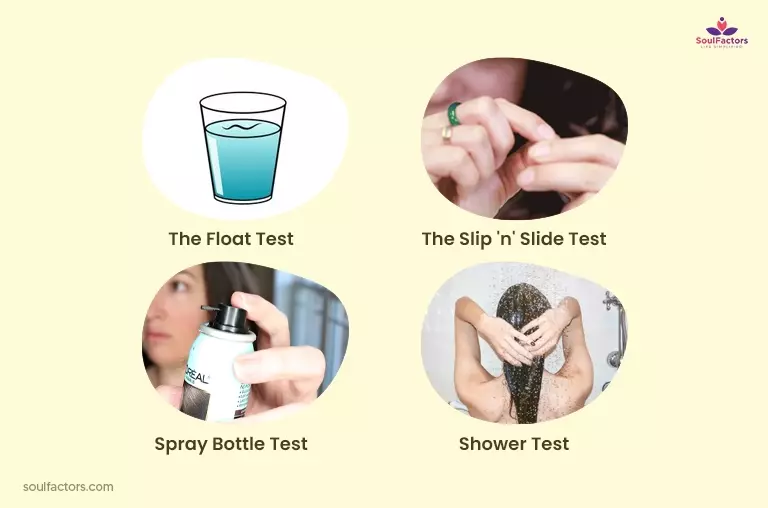
Spray Bottle Test
Spray your hair with water and observe the droplets on the shafts. If it rolls off the hair strands effortlessly, your hair might have low porosity.
Shower Test
Low porosity hair cannot absorb water and, therefore, will not get wet quickly under the shower. It will also have a hard time drying afterwards. Paying attention to these small details will give you a better understanding of your hair’s characteristics.
Tips For How To Moisturize Low-Porosity Hair
Moisturizing low porosity hair demands a more thoughtful selection of products and styling techniques. You have to be careful to avoid product build-up, which will leave your hair greasy and oily. With the right tips and tricks, you will be able to cater to the unique needs of your hair. Don’t know where to start? Check these tips out:
Heat Is Your Best Friend
Using heat on your hair lifts your hair cuticles, making it the perfect time to use your favorite products. You can put it on after a hot shower for the best results. Hair styling heat is not ideal, but a hair steamer will do a perfect job.
How To Moisturize Low-Porosity Hair Using Clarifying Shampoo
Sulfate-free shampoos are the ideal pick for any hair. Moreover, sulfate and silicones are some of the major ingredients to avoid for low-porosity hair. Opt for clarifying shampoos that do an incredible job of cleaning your scalp and strands of dirt. This allows the hair shaft to absorb products better.
Emollients And Humectants
Products that contain these two ingredients will effectively absorb and lock in moisture. They are the holy grail when it comes to low-porosity hair. Aloe vera is a great lightweight humectant you can use, while jojoba oil and argan oil are lovely emollients(1). Add them to your routine, and they won’t have you regret it.
Water-Based Styling Products
These styling products do everything you need to keep your hair from looking greasy. They are the ideal base for everything you need for hair with low porosity
Avoid Heavy Oils
It is best to use lightweight formulas when moisturizing low porosity hair as heavy oils tend to sit on the hair, making it difficult for moisture to penetrate. Lighter oils such as argan oil, and jojoba oil are ideal for hair with low porosity.
Deep Conditioning Is The Way To Go
Ingredients such as glycerin and honey actively work to draw moisture into the hair shaft. Deep conditioning helps to improve the overall health of your hair and therefore is recommended for all hair types.
DIY Home Remedies For How To Moisturize Low-Porosity Hair
If you’ve got some time on your hands, DIY remedies can help you treat your low porous hair effectively. The remedies contribute to improving your hair’s ability to retain moisture and also work to improve its overall health.
Apple Cider Vinegar Rinse
Apple cider vinegar effectively cleanses your scalp and hair of debris, thereby promoting its ability to absorb moisture. Mix one part of apple cider vinegar with two parts of water to make the rinse. Use the rinse after shampooing your hair to help remove any residual buildup.
Deep Conditioning With Heat
Heat actively opens hair cuticles which is important for low porous hair. Before deep conditioning, using warm water to open up your cuticles is ideal. You can also apply the deep conditioner and use a heated cap. This helps the product better penetrate into the hair.
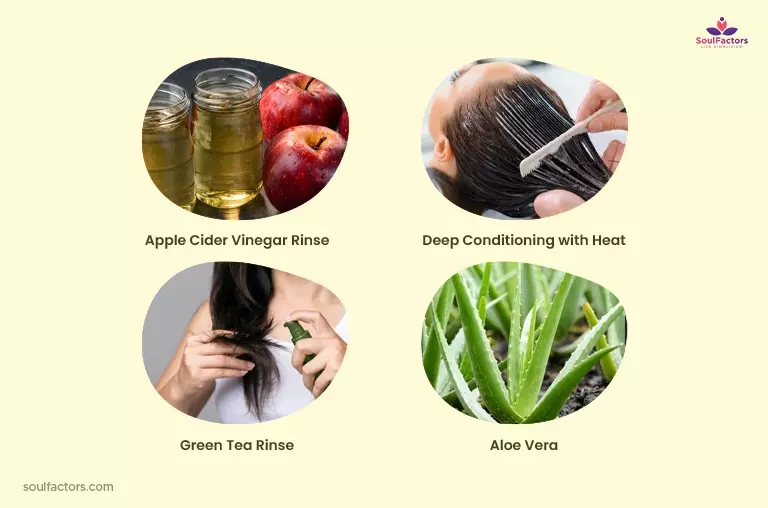
Green Tea Rinse
If you’re looking for how to moisturize low porosity hair naturally, the green tea rinse might be the answer to your problems. Brew green tea and let it cool. The cooled-down mixture can be used as a final rinse after shampooing. Green tea is one of the best ingredients for low porosity hair.
Aloe Vera
Trying to find how to moisturize low porosity hair daily, aloe vera is a great fix. Apply aloe vera gel or juice to your hair and scalp to help improve moisture retention. It is also the perfect remedy for itchy and dry scalp.
To improve the health of your hair, it is necessary to maintain consistency. Make sure to take care of your low porosity hair on a frequent basis to treat dryness and frizz.
Lifestyle Changes For How To Moisturize Low-Porosity Hair
You cannot make impactful changes without making a few changes in your lifestyle. To have healthy hair, it is important to incorporate supplements into your diet. This will help you nourish your hair and body even with a busy schedule.
It is also vital to eat a healthy diet that contains all essential nutrients. Similarly, exercise is also an important part of creating a healthy hair routine, as it boosts hair growth significantly. Some of the other changes you can make include:
Warm Water To Wash Hair
While hot water can strip your hair of its natural oils, warm water will rather help open your hair cuticles and improve moisture absorption.
Use A Leave-In Conditioner
Add a lightweight, water-based leave-in conditioner to your routine to effectively seal moisture after a wash. Make sure your conditioner does not weigh down your hair.
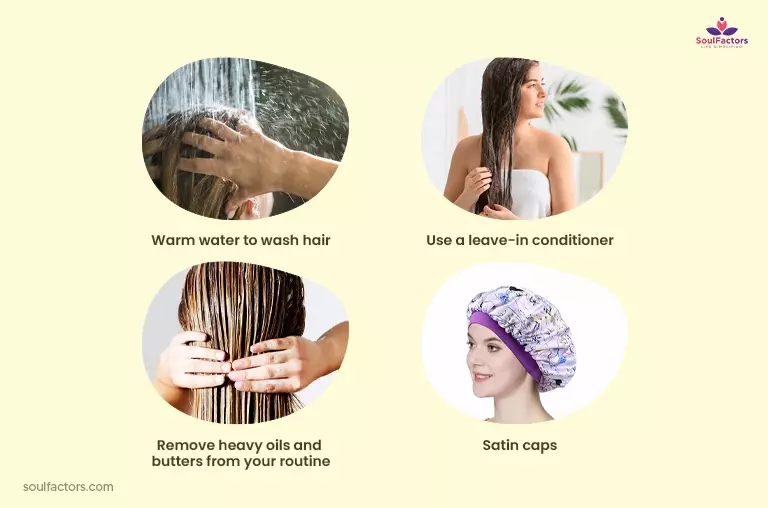
Remove Heavy Oils And Butters From Your Routine
Heavy oils and butters sit on top of the hair, making it difficult for moisture to penetrate the hair shaft. Using lightweight oils is the way to go when you have low porosity hair.
Satin Caps
Invest in a satin cap or silk scarf that will help you prevent moisture loss and frizz at night.
These small changes to your lifestyle will help you drastically improve the quality of your hair, leading to your hair falling on your shoulders exactly how you want it.
Treat Your Low Porosity Hair Right
Low porosity hair might feel like a challenge to manage, but with the right products and techniques, you will be able to maintain the health and shine of your hair effortlessly. Create a personalizsed hair care routine that includes the best products for low porosity hair. From deep conditioning to water-based products, a few simple changes in your existing routine will have you sorted. What are you waiting for? Let’s work towards a good hair day.

Subscribe to Newsletter
Elevate your routine, stay on trend, and embrace a personalized beauty journey with our curated insights.


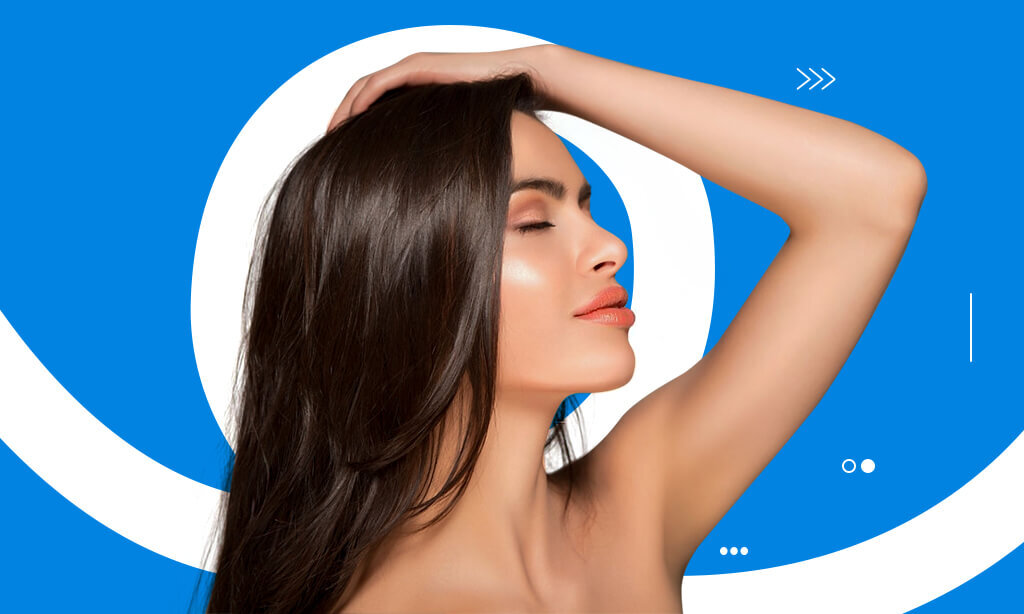
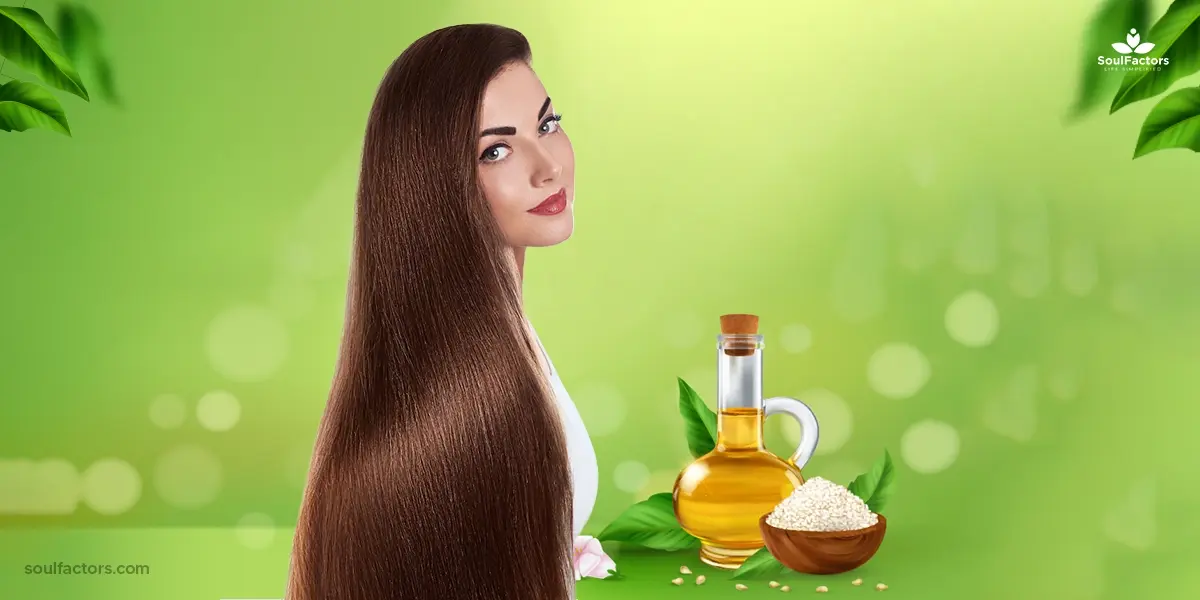
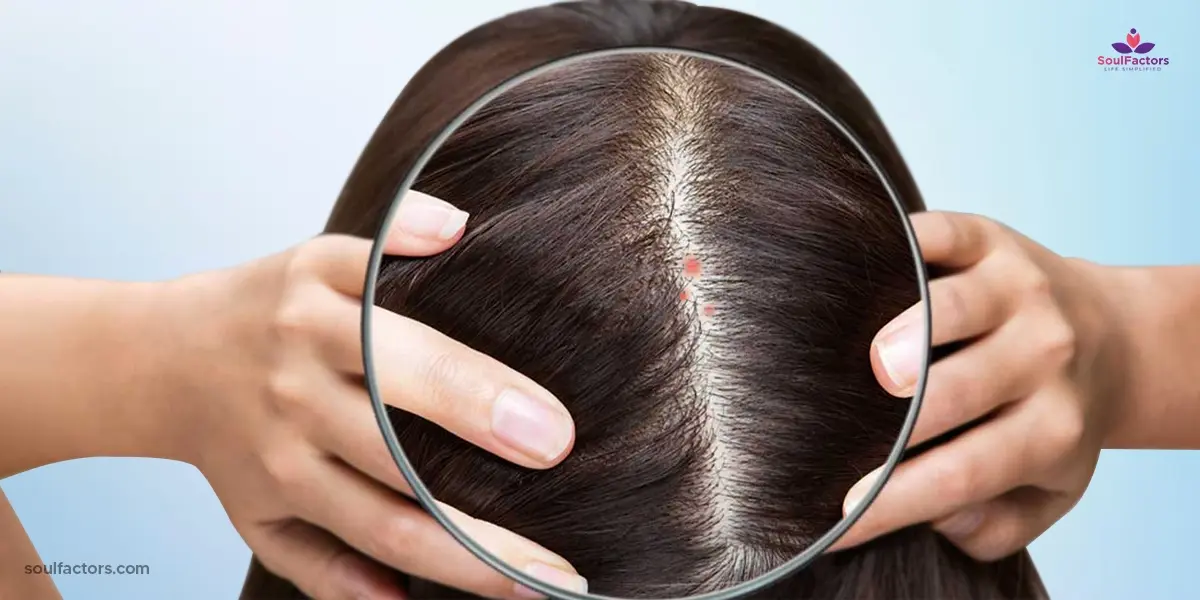
Write a Comment